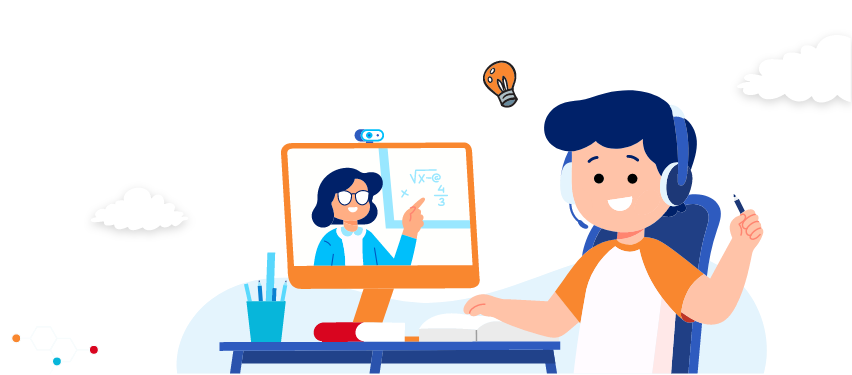Arduino has become such a popular platform for beginners and enthusiasts to dive into the world of electronics and coding.
It’s great for getting hands-on with programming concepts and creating cool projects. Whether you want to control LEDs and sensors, or even build your own robots. For example, you can do various things like automatic obstacle avoider bot, IOT, etc, with Arduino. Learning how to code for Arduino can open up a whole world of possibilities.
In this blog, we’ll guide you through the process of learning coding for Arduino, from setting up your environment to writing your first program and beyond.
1. Understanding What Arduino Is
Arduino is this awesome open-source electronics platform with user-friendly hardware and software. It’s meant to make electronics easy for everyone, from hobbyists to pros. It can be used for simple school projects to college-level projects. With Arduino, you can connect stuff like light sensors or buttons to the board and make things happen, like lighting up an LED or starting a motor.
The key parts of Arduino are the microcontroller (the board’s brain), the inputs/outputs (pins for interacting with the outside world), and the power supply (you can use USB or an external source).
Now, when it comes to coding, the first thing to do is set up the Arduino Integrated Development Environment (IDE). This is the software where you write your code, compile it, and upload it to the Arduino board. Ready to dive in?
Steps to Install the Arduino IDE:
- Download the IDE: Visit the Arduino website and download the version of the IDE suitable for your operating system (Windows, macOS, or Linux).
- Install the IDE: Follow the installation instructions for your operating system.
- Connect Your Arduino Board: Plug your Arduino board into your computer using a USB cable.
- Select Your Board and Port: In the Arduino IDE, go to Tools > Board and select your specific Arduino model. Then, go to Tools > Port and select the port to which your Arduino is connected.
2. Learning Basic Arduino Syntax
Arduino coding is based on the C++ programming language, but it has been simplified to make it easier for beginners. Before writing any code, it’s essential to understand the basic syntax. If you opt for the Arduino programming course, it’ll help you understand the basic needs of programming with Arduino.
Key Concepts:
- Sketch: The name given to programs written in the Arduino IDE.
- Setup() Function: A function that runs once when you press the reset button or power up the board. It’s used to initialize settings.
- Loop() Function: After the setup function, the loop function runs repeatedly, allowing your program to change and respond over time.
- Comments: Text in the code preceded by // or enclosed in /* */ is not executed. It’s used to explain what the code does.
3. Understanding Digital and Analog I/O
Arduino allows you to interface with a variety of sensors and actuators through digital and analog input/output (I/O) pins.
Digital I/O:
- DigitalRead(): Reads the value from a specified digital pin (HIGH or LOW).
- DigitalWrite(): Writes a HIGH or LOW value to a digital pin.
Analog I/O:
- AnalogRead(): Reads the value from a specified analog pin (range of 0 to 1023).
- AnalogWrite(): Writes a PWM signal to a digital pin, simulating an analog output (range of 0 to 255).
4. Exploring Built-in Libraries
Arduino comes with built-in libraries that simplify complex tasks like controlling motors, reading sensors, or displaying information on an LCD. Libraries are collections of pre-written code that make it easier to perform common tasks.
5. Building Your First Project
Now that you have a basic understanding of Arduino coding, it’s time to build your first project. Start with something simple, like an LED blink project, and gradually move to more complex projects like a temperature sensor or a robot.
Steps to Build a Basic LED Blink Project:
- Gather Components: You’ll need an Arduino board, a breadboard, an LED, a resistor, and jumper wires.
- Assemble the Circuit: Connect the LED to a digital pin through a resistor.
- Write the Code: Use the code provided in the previous examples to make the LED blink.
- Upload the Code: Click the upload button in the IDE to transfer the code to your Arduino board.
- Test and Debug: Observe the behavior and modify the code if necessary.
6. Expanding Your Knowledge
Once you’re comfortable with the basics, start exploring more advanced topics like:
- Serial Communication: Learn how to communicate with your Arduino using the Serial Monitor.
- Sensors and Actuators: Experiment with different sensors (temperature, humidity, light) and actuators (motors, relays).
- Wireless Communication: Explore using Bluetooth or Wi-Fi modules with Arduino for wireless control.
7. Joining the Arduino Community
One of the great things about Arduino is its vibrant and supportive community. Join forums, participate in online courses, and collaborate on projects. Websites like Arduino Project Hub offer a plethora of ideas and tutorials to help you continue learning.
Conclusion
Learning to code for Arduino is a rewarding journey that combines creativity with technical skills.
By following this step-by-step guide, you’ll establish a strong foundation and be well on your way to creating exciting projects.
Looking for an Arduino programming course? Reach out to us. We have various courses that use different Arduinos. Contact us today to enroll!

